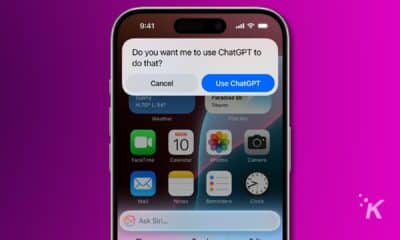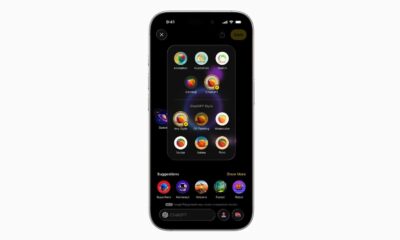Apple
Where The Verge and NYT went wrong with Apple’s repair program
Apple’s self-repair program is here. Is it any good?

Just a heads up, if you buy something through our links, we may get a small share of the sale. It’s one of the ways we keep the lights on here. Click here for more.
Apple has a new repair program that allows independent shops and individuals to repair their own Apple products. It’s not for everyone, but if you know what you’re doing, it seems good.
Sean Hollister of The Verge and Brian X Chen, writing for the New York Times, both got the Apple repair kit and attempted screen repairs (Chen attempted battery repairs initially). Both of them screwed it up.
But first, how does Apple’s repair program work? Well, for starters, you’ll need the tools to fix whatever device you’re working on. Instead of sending specific tools needed for the project, Apple sends out a 79-pound toolset, which requires a $1,200 hold on a credit card.
Along with the tools, they’ll ship out the parts and the service that will authenticate the parts to work with your device once the parts are installed (parts are VIN-locked).
When all is said and done, you return your old parts for a core exchange (basically, turn in the used part for a small refund).
Where did The Verge and New York Times go wrong?
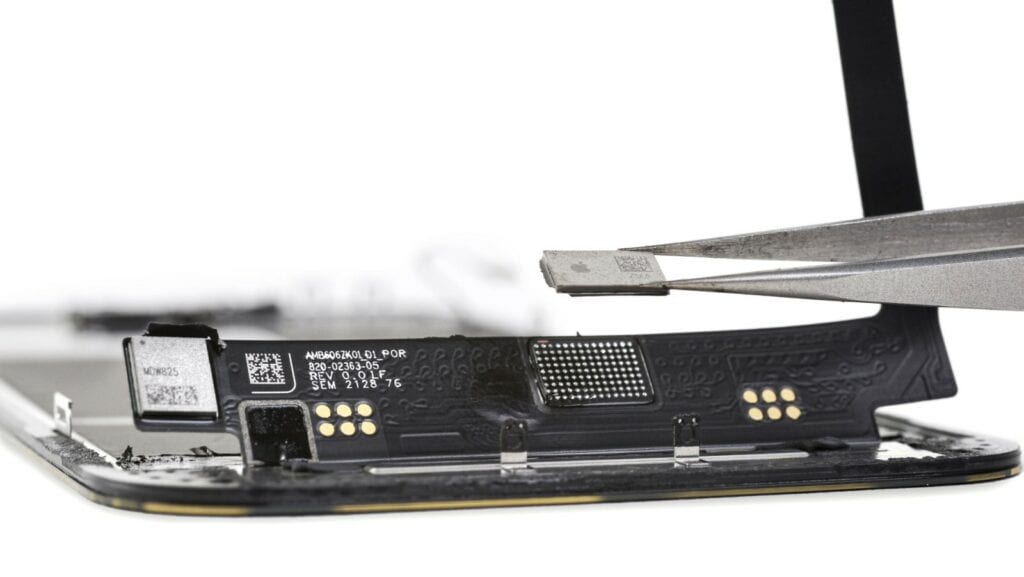
Both outlets had lots of negative things to say and missteps along the way. Let’s break it down.
Here’s where The Verge went wrong
Sean Hollister ignored the step that tells you to clean off all the old glue that creates a waterproof seal between the screen and body of the phone.
“While instructions suggest it’ll just peel off in a few big pieces if you pull with tweezers (which didn’t come in the box), I gave up after 10 minutes of picking away at tiny fuzzy blobs of glue. I was just going to be adding more adhesive anyway, after all. Later, I discovered this was not my best idea.”
No, it was not. Glue occupies a physical space. When you add more, it has to go somewhere, either into the phone or by keeping the screen further away from the body of the phone.

If you don’t remove all the old glue before putting in new, it won’t go back together properly.
Here’s where The New York Times went wrong
Brian X. Chen did a little better. Chen started by practicing with the iFixit kit on an older iPhone XS. Once that repair went well, he went to try a battery replacement on an iPhone 13.
He remembered to remove the two screws that secure the screen the first time on the practice iPhone XS. On the iPhone 13, he forgot to remove them and then used the Apple tool to remove the screen.
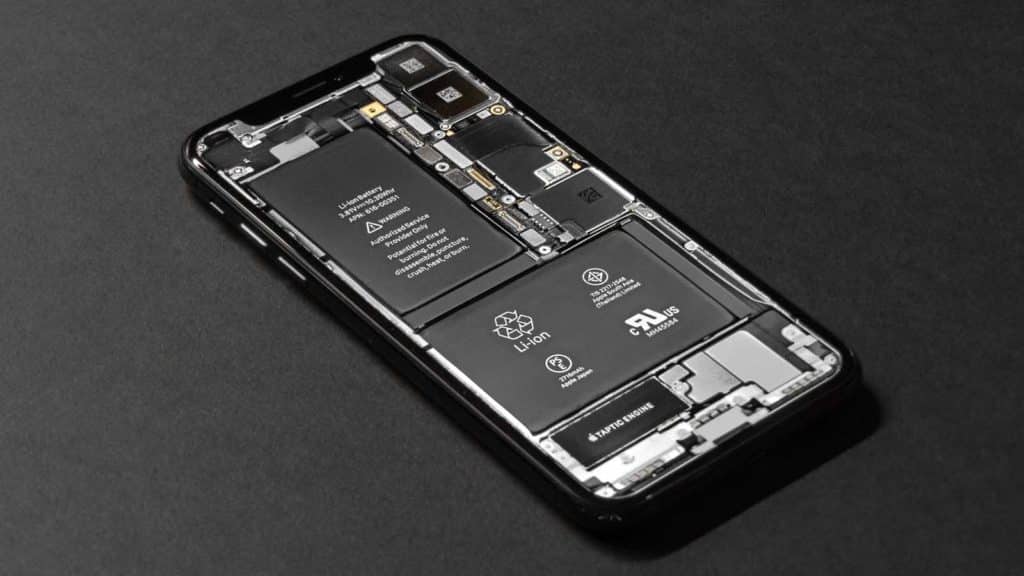
Here’s the thing about tools: they can be unforgiving. Chen said on Twitter to me, “my point is that the disassembly machine had no room for error. A split second and it was over.”
The screen disassembly machine presumes you followed the instructions and removed the screws. Whether they’re in or out, it’s going to try and lift the screen.
Tools do what you tell them
There’s an essay by Neal Stephenson called “In the Beginning… Was the Command Line“. It talks about computers, and how the terminal command-line interface is unforgiving.
If you delete files in it, they’re deleted. The mouse interface put them in Trash or Recycle Bin, where you could restore them from before they were really gone.
In the essay, Stephenson compares the command line to the Milwaukee Hole Hawg drill:
“The Hole Hawg is a drill made by the Milwaukee Tool Company. If you look in a typical hardware store you may find smaller Milwaukee drills but not the Hole Hawg, which is too powerful and too expensive for homeowners. […] It is a cube of solid metal with a handle sticking out of one face and a chuck mounted in another. The cube contains a disconcertingly potent electric motor.
Stephenson goes on to talk about the dangers of the drill and how user error forced a dangerous situation involving a worker using the drill.
“…But I never blamed the Hole Hawg; I blamed myself. The Hole Hawg is dangerous because it does exactly what you tell it to. […] The danger lies not in the machine itself but in the user’s failure to envision the full consequences of the instructions he gives to it.” (emphasis mine)
And that’s the point I’d like to make about Apple’s tools. Chen says they’re unforgiving. But they’re supposed to be. They have one imperative. Heat the glue. Remove the screen.
They don’t have interlocks and don’t care if you’ve removed the screws first or not. You’re a reasonably intelligent human, check if you removed the screws or not.
Right, so what happened next? The machine attempted to remove the screen with the screws still attached, which predictably broke the screen. I still think this is user error and not the fault of Apple’s tools.
Chen’s screen replacement and VIN-locking
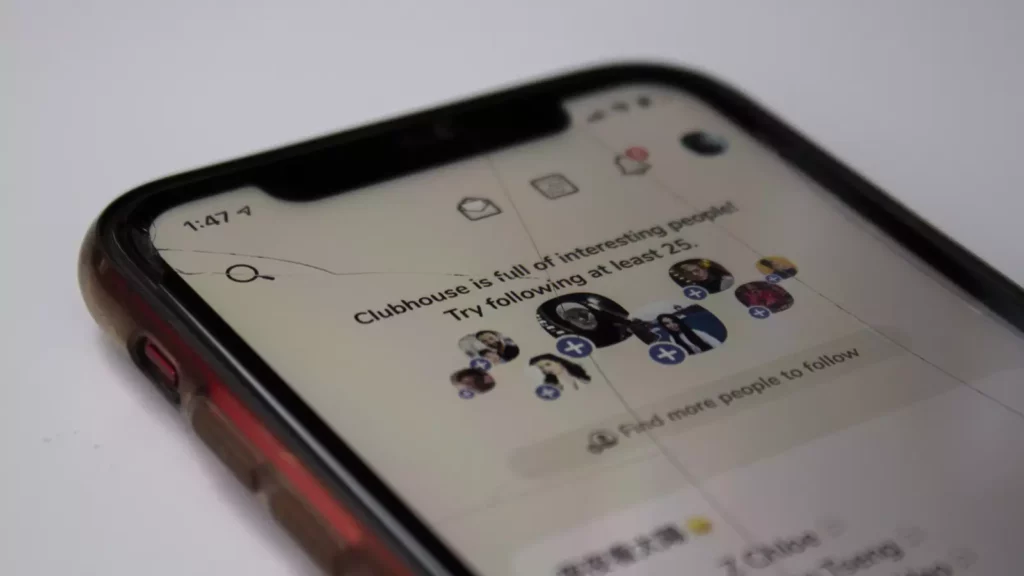
Chen broke his screen in the process. Fine, mistakes happen. He obtained a used OEM Apple (not a third-party knockoff) screen and attempted to install it.
It installed and functioned, but then threw error messages saying that the screen had been replaced with unknown parts.
This happens because Apple uses a technique called VIN-locking. In cars, computer modules are programmed with the VIN (vehicle identification number) of the car, so that they only work with that car.
Frequently, but not always, it’s possible to take a module for a car and reprogram it so that you can use junkyard or used eBay parts, saving money and keeping parts out of the landfill.
In Apple’s case, the screen has a chip that has to be programmed to match the logic board of the phone it’s installed on. When the screen and logic board mismatch, the error is displayed.
Apple’s service has a customer service phone line that you’re meant to call to confirm the serial number, which will authenticate the new part and make the error go away.
Apple doesn’t like used parts
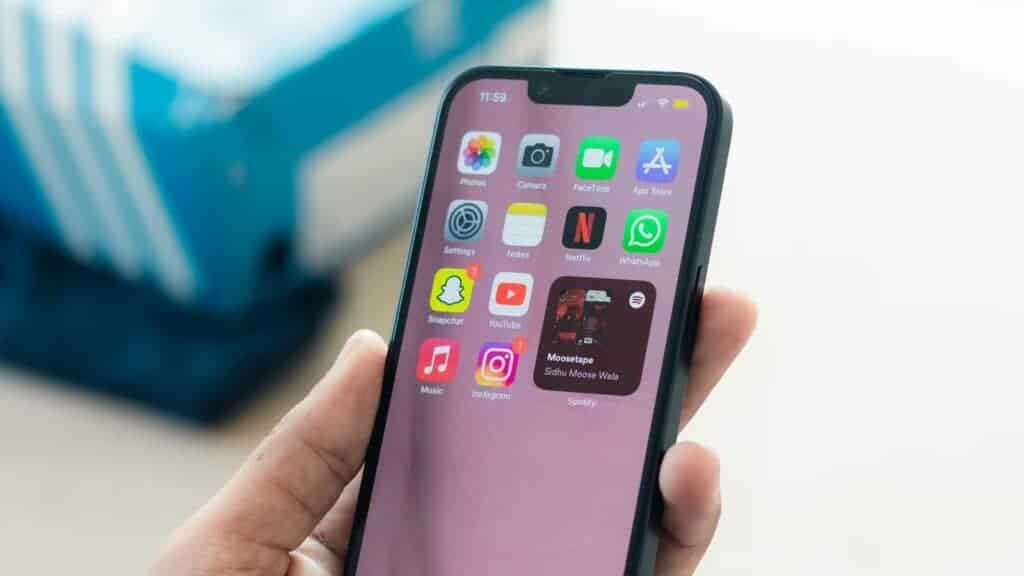
The problem is, used parts aren’t a part of Apple’s process at the customer service number, and the representative didn’t have the right steps to get Chen’s phone into the correct diagnostics mode.
Chen instead had to search online to find the right steps to get into diagnostics mode.
Even then, he still gets error messages because the legitimate Apple screen can’t be programmed with a new “VIN.” It’s still locked to the old phone it came from.
What I like
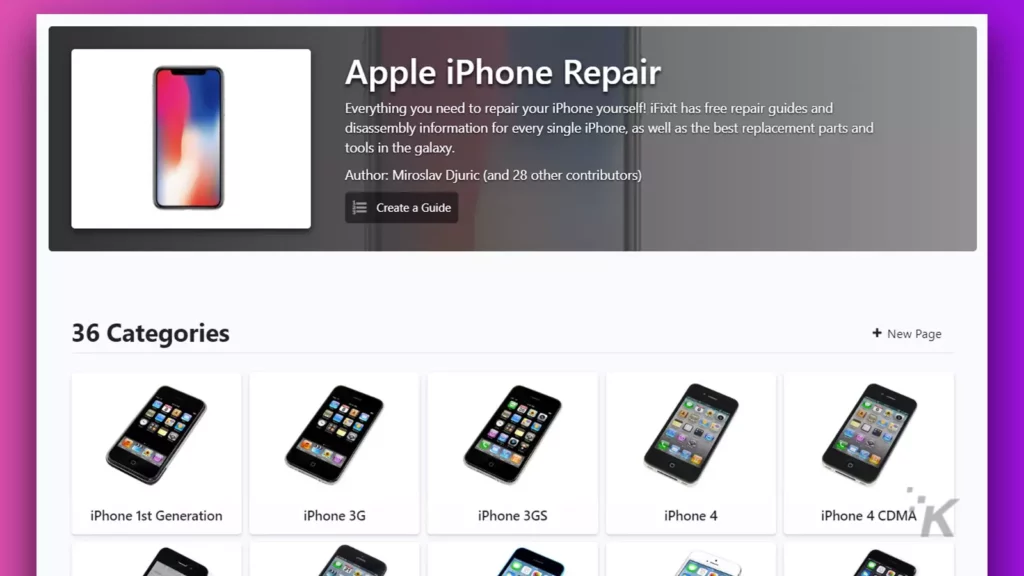
79 lbs of tools sound like overkill. Apple’s paying a lot to ship these back and forth. But I have an appreciation for good purpose-built tools.
It’s possible to do the job with the iFixit kit, and by some measures, it’s a better kit, but I’m glad Apple’s offering exists, and I think Chen was out of place blaming the tools for his own mistakes.
What I dislike

First of all, 1200 bucks on credit hold is a lot for a repair. And seems a bit ridiculous if we are being honest.
On top of that, VIN-locking sucks. I understand that Apple doesn’t want third-party screens on the phones, because a worse screen or non-color calibrated screen will make people think iPhones suck, when substandard parts are what suck. But VIN-locking is a serious impediment to repair.
The problem with VIN-locking, besides how much it sucks when you’re trying to repair something, is that you have to rely on the authentication service to continue to exist.
Just as apps go stale and no longer work on newer hardware, or apps that rely on web services die, we’re counting on a phone line to be up and staffed in order to authenticate parts repairs. That seems fragile and undesirable.
Should you repair your own phone?
If you’re competent at removing glue, screws, and following instructions, sure. If this is your first or second repair, consider using a shop to do it. The tools themselves aren’t the problem.
If you were the kid that took apart your toys, and successfully reassembled them, this might be for you. If you choose to ignore instructions, or are forgetful, maybe this is for the independent repair shop that you should bring your phone to for repairs.
Have any thoughts on this? Let us know down below in the comments or carry the discussion over to our Twitter or Facebook.
Editors’ Recommendations:
- Don’t expect to see Apple’s VR/AR headset at WWDC this year
- How to turn on your iPhone’s camera flash
- Apple Music is finally available on Waze
- Apple will launch AirPods Pro 2 later this year, but still no USB-C
- The best Father’s Day gifts and gadgets for 2022
Just a heads up, if you buy something through our links, we may get a small share of the sale. It’s one of the ways we keep the lights on here. Click here for more.























